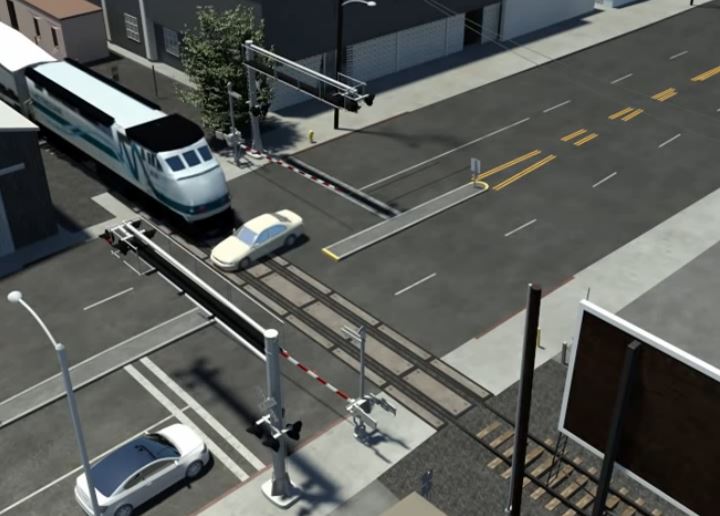It’s one month until trial and you need to convince the jury of your case. You decide to develop visuals for your presentation but it’s difficult to communicate the impact of the accident or show it from multiple POV’s (point of views). You know you need to re-create the scenes visually and only have a few methods for delivering the information. You turn left and your colleagues advise you to make picture boards and to develop graphs and timelines for each scenario. You turn right and run into Ripple Creative Group where we take the time to explain the value of visual persuasion through video and animation. We suggest developing a series of animations, some conceptual and some detailed, to support and prove your arguments. We begin by listing some of the benefits of using 3D forensics animation over other methods of visual communications…
Forensic Animation in Court Cases:
Visual vs. Verbal Persuasion: Forensic animation can help audiences grasp your case in ways that are unmatched by verbal presentation alone. A visual 3D animation can increases attentiveness as well as overall retention. When given the same facts verbally, some people may mentally interpret slightly different or even contradictory reconstructions of the same events. By showing visuals along with verbal communication, the power to persuade increases immensely, leaving a memorable and lasting impression.
Clarify and Assess Evidence: An animatic (conceptual animation) based on facts and evidence can provide a clear demonstration of the initial conjectures of an accident recreation. It can highlight inconsistency in evidence, clarify conflicting assumptions, or even uncover critical errors from opposing counsel, all well before the trial date.
“What if” Analysis: Easily experiment with varying facts and assumptions by accurately visualizing the outcome of “what-if” arguments. For instance, you might create a detailed time\distance analysis that could quickly unveil multiple hypothetical scenarios needed for a deeper understanding of opposing arguments. In this case two or three conceptual animation sequences could be created that reflect the facts and interpret the grey areas in question. The different animated outcomes would bring new perspectives to the case and give you the means to prepare questions, counter points, and arguments. This type of analysis could bring forth flaws in the opposing counsel’s case, while highlighting the strength of your own.
Visual Layers Clarity: Forensic animation offers litigation cases a much greater degree of clarity by allowing jurors to see things they would not otherwise be able see. A good animation studio can produce camera work from just about any angle or POV. In developing a believable scene, the camera work must include accurate layers of information such as lighting and weather conditions, physical locations, scene props, and real physics based, kinetic calculations. A good studio can tell a story from the eyes of anyone or anything such as eye witnesses, medical probes, cars, birds, fish, or even underwater divers. The ability to layer in detail brings great flexibility and credibility into your story’s narrative.
Complete Control: 3D animations possess great flexibility; the attorney can play the animation at varying speeds, pausing at critical moments to illustrate his points and rewinding to reiterate key facts and minimize the omission of detail.
RippleCG, an award winning studio in the visual arts industry, uses cutting edge visualization tools and techniques to create quality, realistic forensic animations. We document sites and collaborate with eyewitnesses, police officers, forensic experts, and others to develop animated recreations of any given event. Contact us for inquiries regarding our forensic services.
